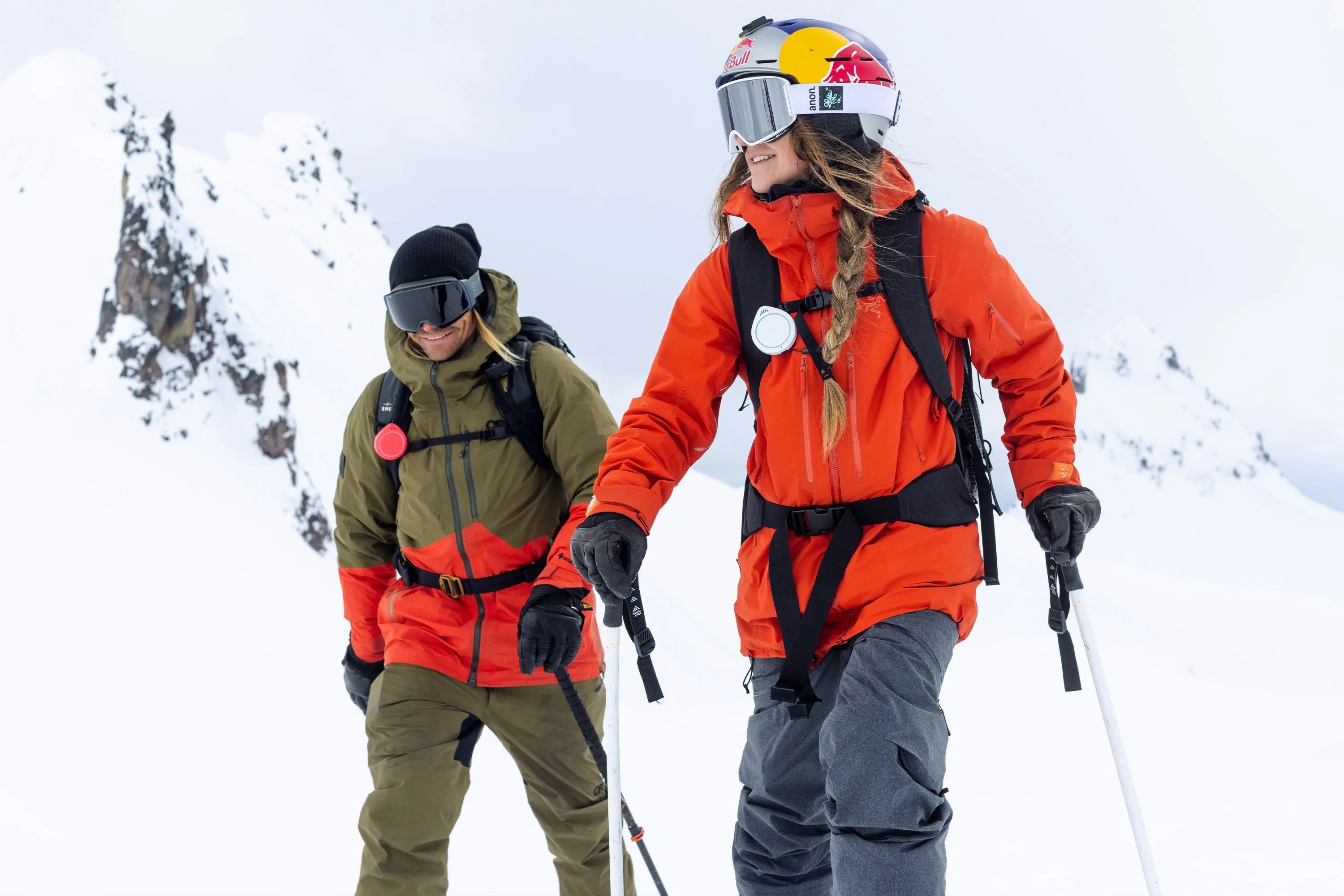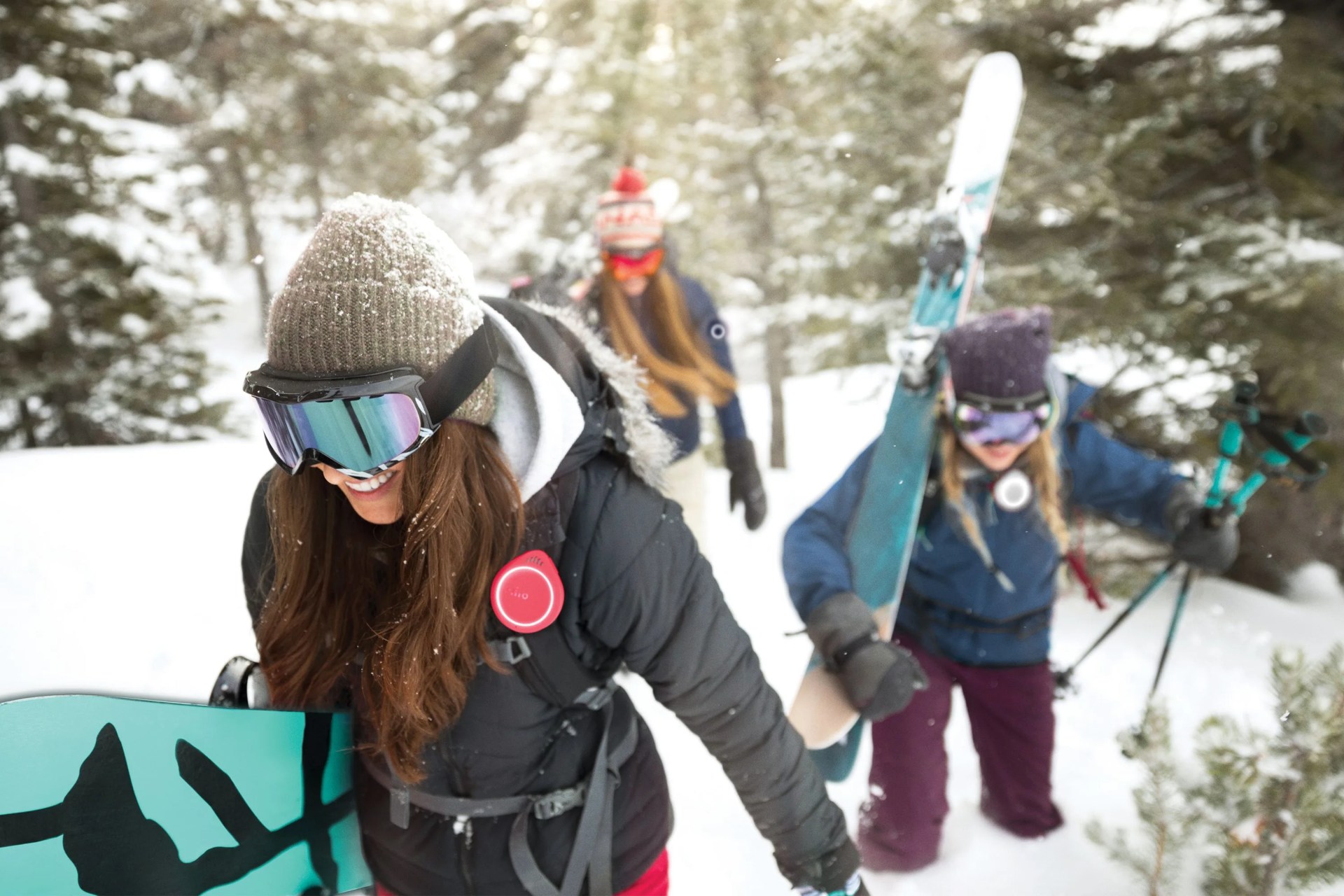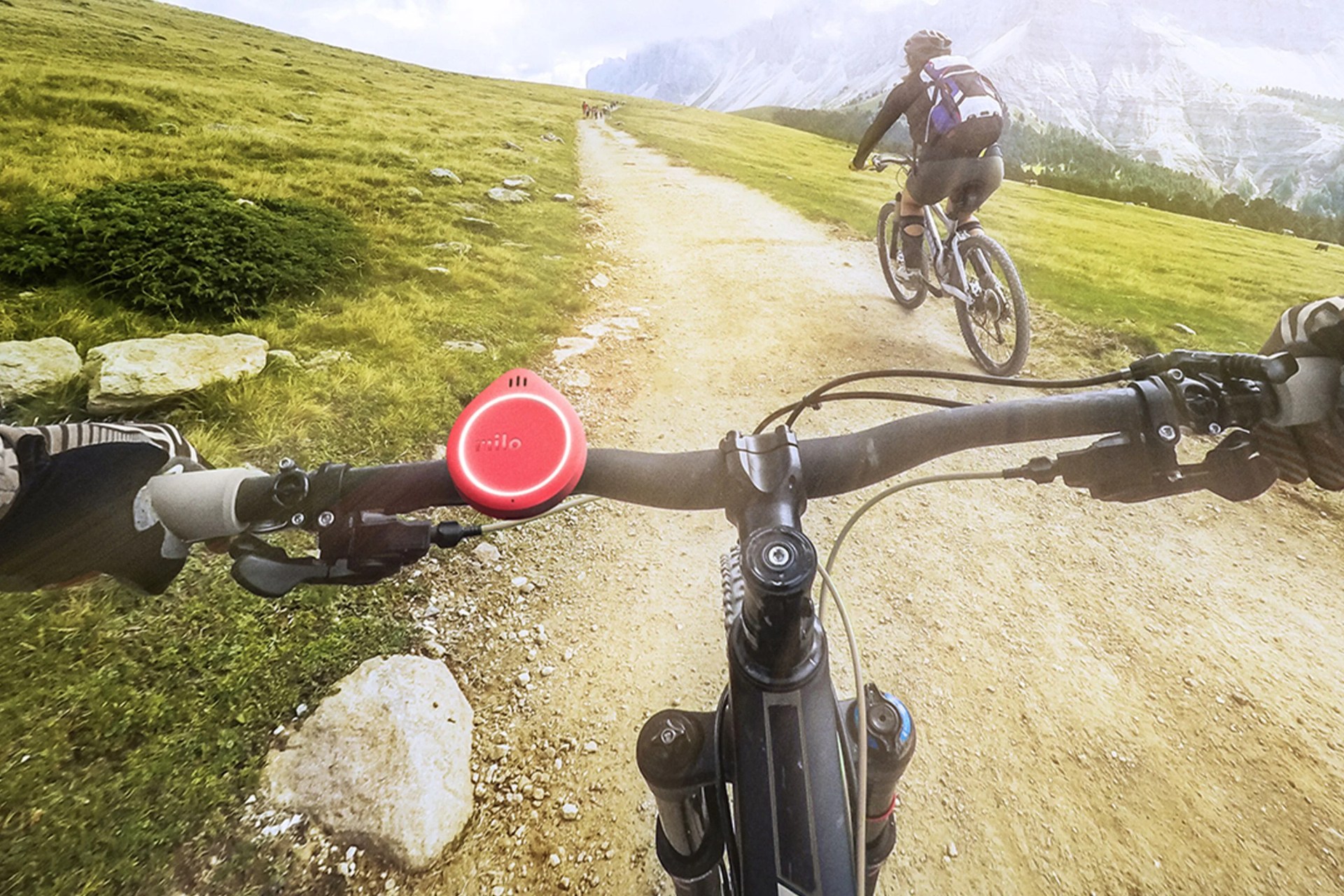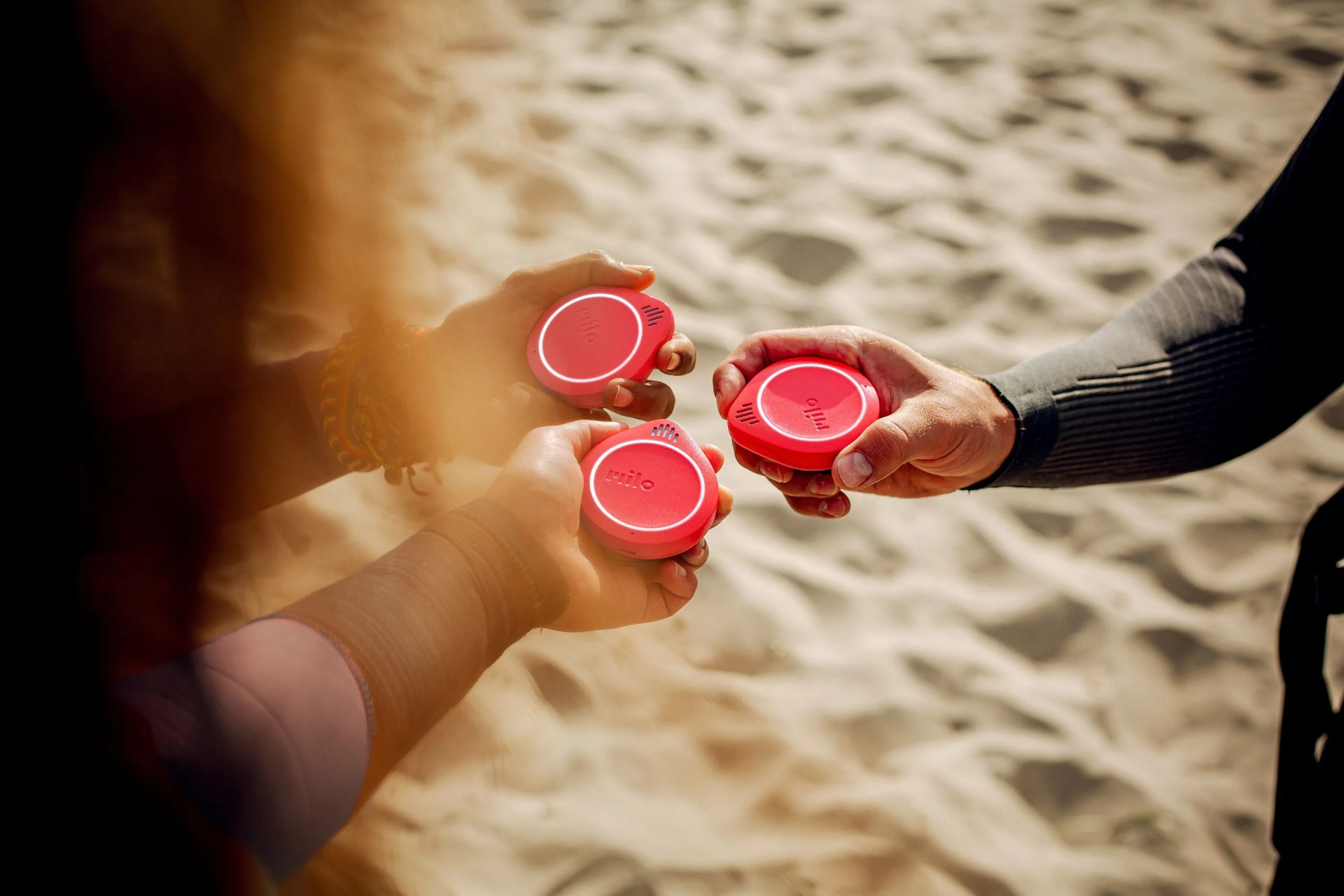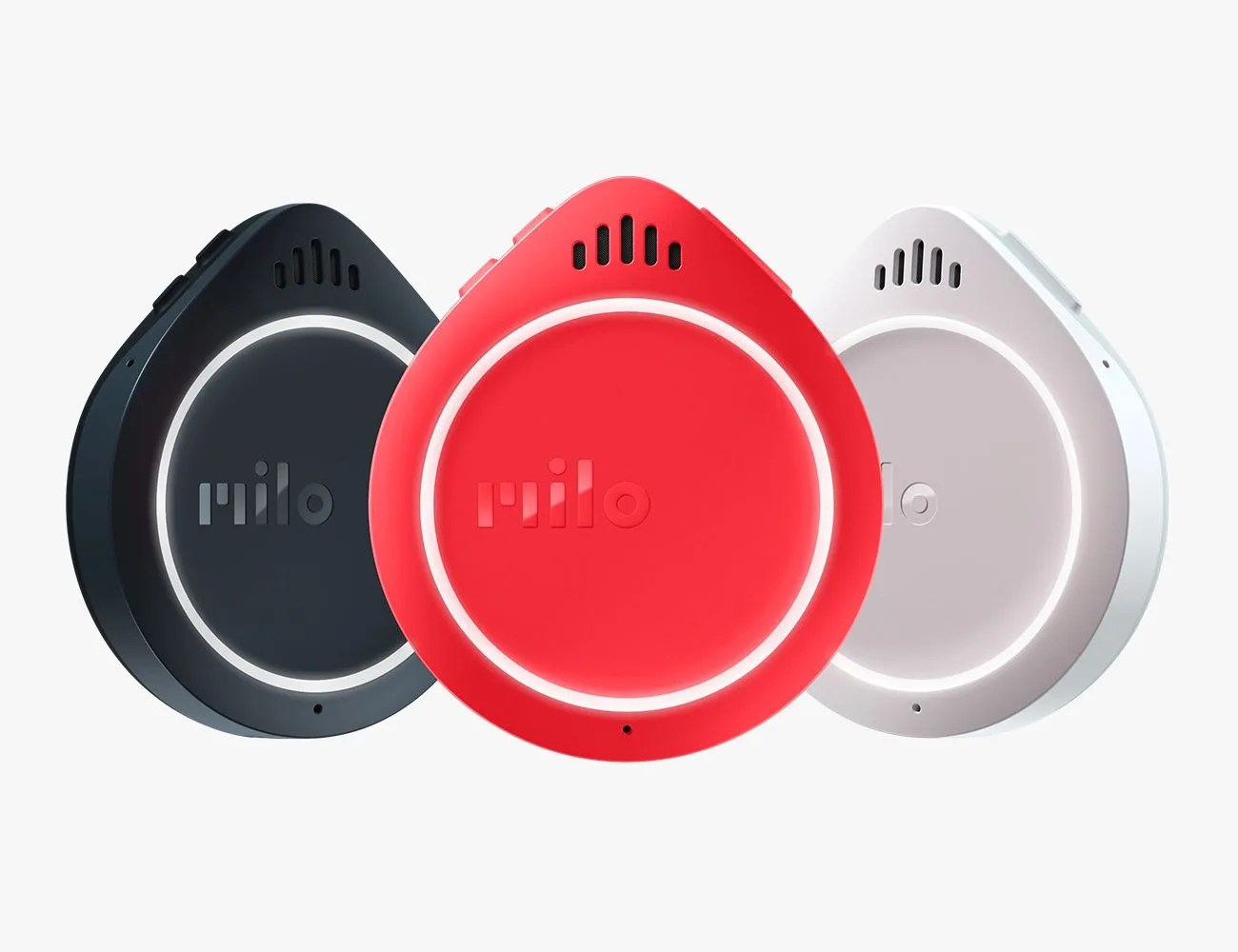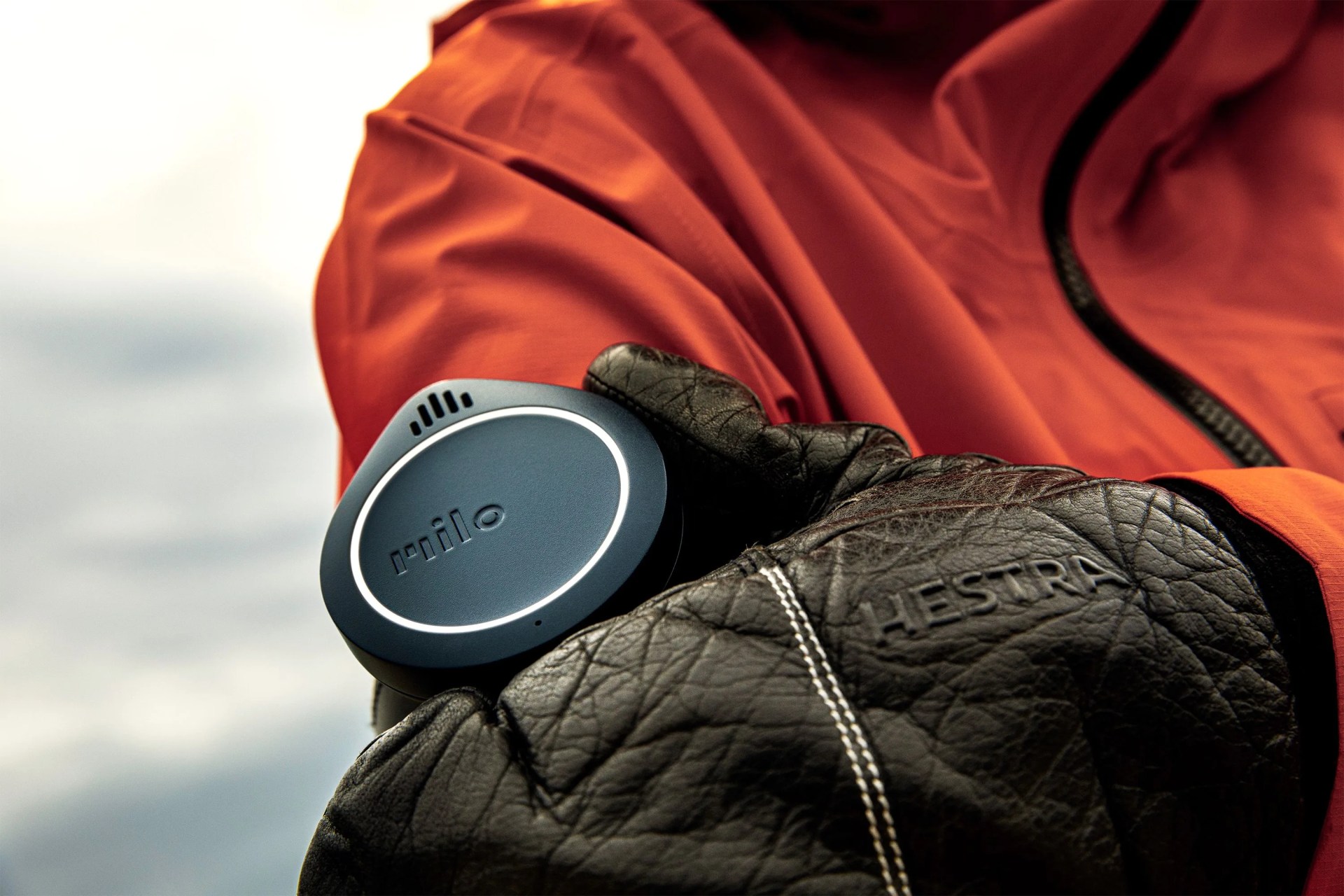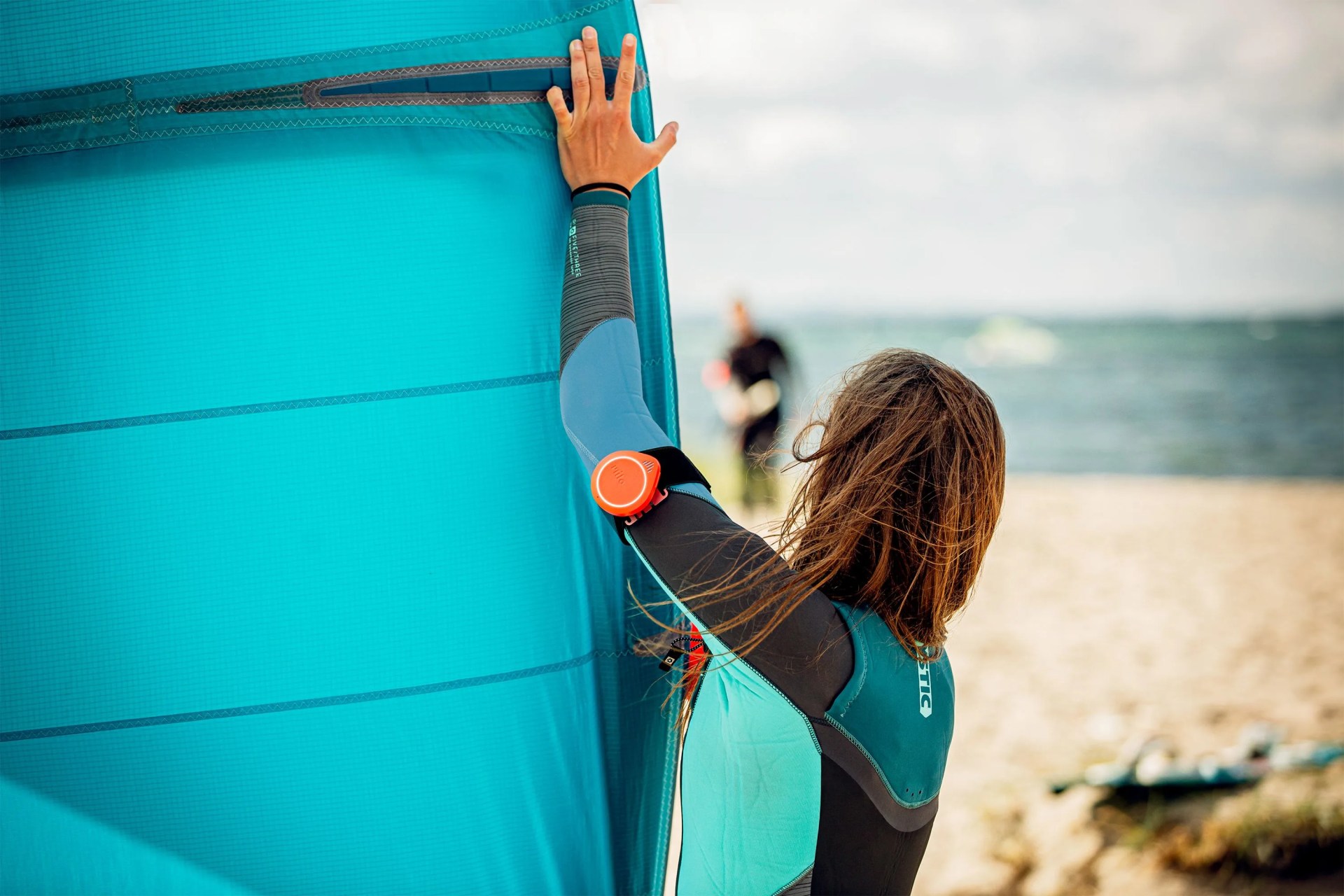A lot of outdoor sports require shouting. Ever been rock climbing? A while ago, when I was leading the second pitch up a crag, I fumbled my hand around blindly, searching for my next hold, only to grip not rock but a snake — which was suddenly and violently in full attack mode.
I wanted to gently return it to its home, but then how was I going to be able to climb on by? How would my belayer pass through this same ledge with an angry serpent ready to strike? I didn’t have much time to weigh my options and instinctively chucked the rattler away—and unfortunately, at my friend at the other end of the rope. I yelled, “Snake!” just about the time it soared into his airspace. It scared the shit out of him as it landed at his feet, still writhing — and he rightly let loose with a Queens-laced flurry of invective, much of it rightly directed at me.
Had I been able to tell him directly what was happening, I might’ve spared him the shock of having a poisonous beast flung at his head.
And let’s face it: Outdoor sports can be dangerous. Ski guides use walkie-talkies for this very reason. And if you’re a surfer, getting warned about a hazard in the water, from a jellyfish to a shark, could definitely save your carcass. Ditto when you’re part of a big group ride and a car comes blazing up from behind, and you’d love to warn the folks at the front that they need to get to the shoulder STAT. Basically, if you “sport” in packs of two or more, being able to talk to each other could add a very useful and even life-saving tool.
Well, that device exists. It’s called the Milo Action Communicator, winner of a 2022 Red Dot Design award.
 Courtesy
CourtesyMilo Action Communicator
Pros
- Easy to set up and use
- Excellent noise-canceling and voice recognition
- Does not need to be used with a helmet
Cons
- You need to buy several of them, which can get pricey
- Group size is limited to six people
- Armband is not included
